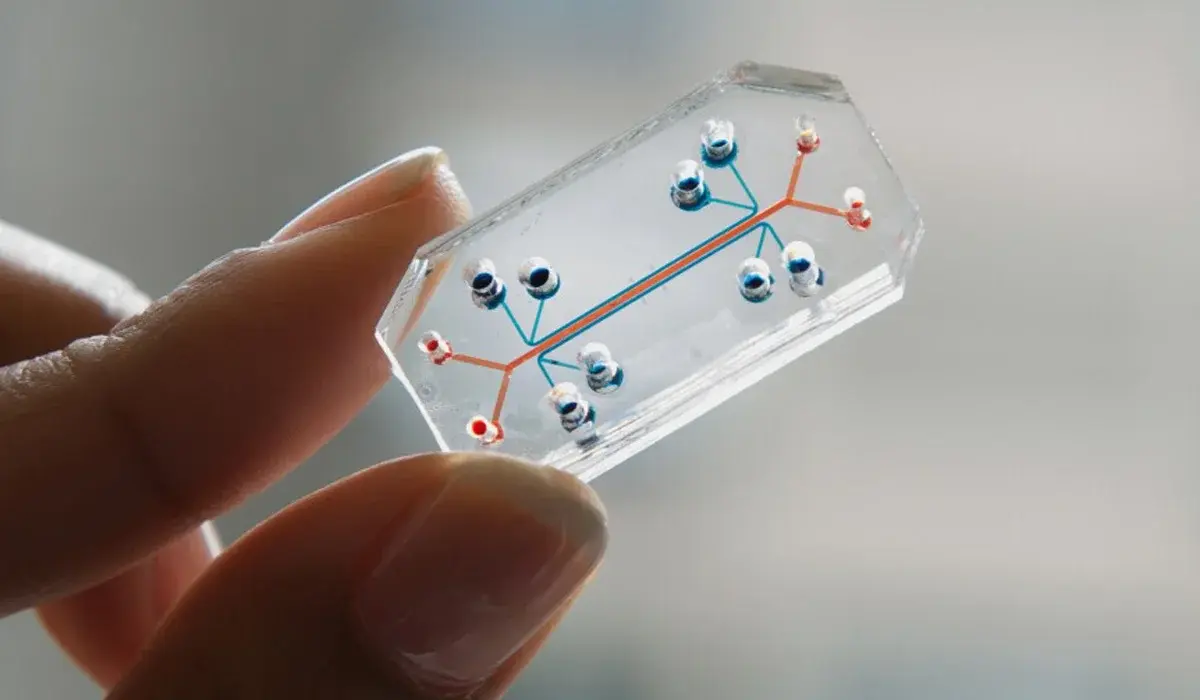Tech & Innovation
New Organ-on-a-Chip Innovation Offers Alternative to Animal Testing

Organ-on-a-Chip Testing Alternative: A Breakthrough in Ethical Cosmetic Safety Testing
The cosmetics industry is shifting toward ethical, accurate, and fast alternatives to animal testing, like the Organ-on-a-Chip Testing Alternative. This technology offers a modern solution by creating a 3D cellular microenvironment that closely mimics human organ functions. As a result, it provides faster, safer, and more human-relevant data than traditional testing methods.
Rethinking Safety in the Cosmetics Industry
Researchers now recognize that about 90% of animal-based tests fail to predict human responses accurately. This leads to wasted time, resources, and countless animal lives. Moreover, while animal testing is banned in many countries, some still require testing on rodents, cats, dogs, and monkeys. The Organ-on-a-Chip Testing Alternative offers a humane and scientifically advanced approach for evaluating cosmetic safety.
This microfluidic chip technology simulates organ-level physiology, helping researchers assess how products affect human cells in real time. Therefore, it directly addresses health concerns tied to harmful cosmetic ingredients like parabens, phthalates, and heavy metals.
How Organ-on-a-Chip Technology Works
The organ-on-a-chip replicates human organs by sustaining live cells in a three-dimensional structure. It comes in two forms: a single-organ system for targeted testing and a multi-organ system to observe inter-organ reactions. This flexibility makes it ideal for analyzing how cosmetic ingredients affect overall health and organ interaction.
Unlike traditional testing, this chip uses microfluidics — channels that move small liquid volumes using capillary action. This allows precise control, faster mixing rates, and reduced reliance on expensive equipment or external pumps.
Benefits of Combining Microfluidics and Chip Technology
Combining microfluidics with the Organ-on-a-Chip Testing Alternative significantly improves testing efficiency. The study explains how microfluidic channels increase testing speed and reduce sample size without compromising accuracy. This means researchers can perform more tests in less time using fewer substances.
The paper-based versions of microfluidic systems use cellulose to control fluid movement. This low-cost and pump-free technique is both sustainable and scalable. It enhances real-time detection while minimizing errors, providing a powerful tool for the cosmetic safety landscape.
Detecting Harmful Cosmetic Chemicals
The study highlights harmful chemicals often found in everyday cosmetic products. Preservatives like parabens and formaldehyde, fragrances, and UV filters like benzophenone-3 pose serious health risks. These include cancer, allergies, hormone disruption, and neurodevelopmental issues in unborn children.
Researchers found that sunscreens and lipsticks frequently contain heavy metals like nickel, lead, and iron. Such exposure can lead to long-term health damage, especially during pregnancy. The Organ-on-a-Chip Testing Alternative empowers scientists and regulators to test for these threats without harming animals.
A Milestone for Ethical and Effective Testing
This technology represents a “microfluidic milestone” for ethical testing, providing cosmetic brands with precise, safe, and scientifically validated data. The study concludes that integrating AI and automation into this system can enable real-time, point-of-care detection of harmful ingredients using smart scanners.
Conclusion: Advancing Safe Beauty Through Science
The Organ-on-a-Chip Testing Alternative proves essential for modern, ethical, and effective cosmetic safety testing. It not only protects human health but also supports animal-free innovation.
Explore more news on this website to stay informed about the future of ethical beauty testing and scientific advancements.





















